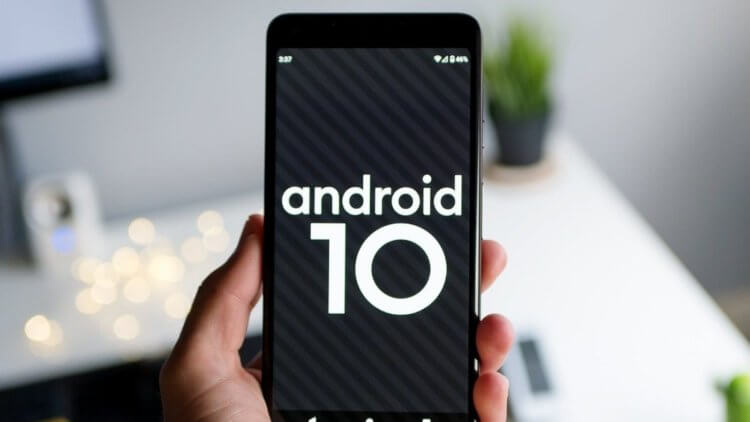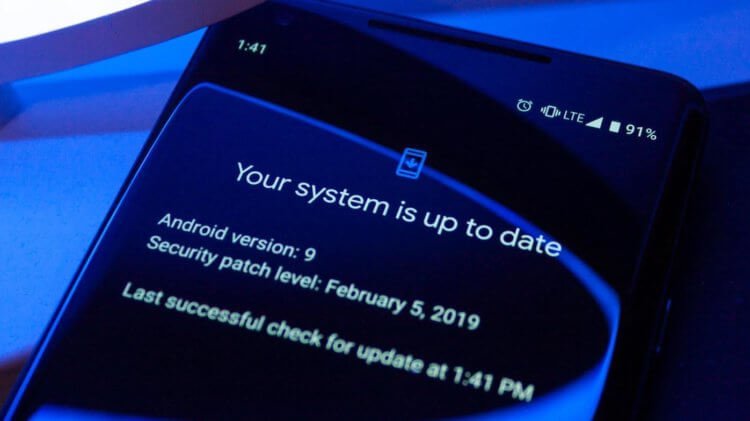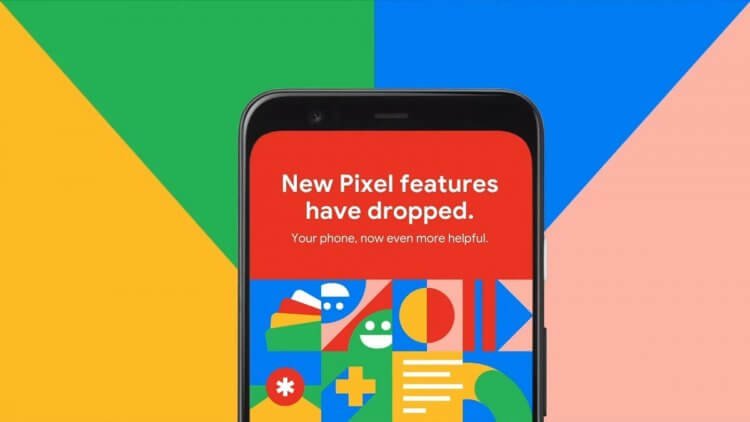Despite the fact that Google regularly releases new versions Android every year, their launch goes almost unnoticed. No, of course, many users are very actively following the development of the beta testing program, but the moment of the release of the next OS iteration does not cause the same furore as in the case of iOS. But this is understandable. After all, at best, only owners of 5-7 smartphones will be able to get a fresh update at the start, and everyone else will have to wait for their manufacturers to finally adapt it and make it available for installation. But is it worth bothering with Google? Probably not.

After Android 10 annual updates became meaningless
No, I haven't lost my mind and still think the updates Android are very important. I just don't see the point in Google releasing major iterative updates every year, because this is, in fact, empty work. See for yourself.
Why updates are needed Android

Updates Android – at least yearly – have lost all meaning
If we take a clean version Android and Android with a shell, it is the second that will have functional superiority. Historically, it so happened that manufacturers traditionally try to fill their firmware based on Android with additional features and tools that are not in the original OS. Therefore, at some point, the stock operating system, which does not even have the function of creating scrolling screenshots, began to look frankly mediocre against the background of third-party shells.
In fact, it is the manufacturers who move Android forward, filling it with new meanings, and Google only gives them a platform with a changed build number. Is there any practical sense in this? Well, at first glance, there is. After all, a shell is a shell, which does not change the OS internals in a qualitative way, and this is necessary to improve security mechanisms, the file system and overall performance improvement. But, on the other hand, Google has learned to implement the so-called invasive innovations without a large-scale update of the entire system as a whole.
Google Play system updates

Google Play system updates are designed to keep Android – smartphones up to date throughout the year
I'm talking about Google Play system updates. They only appeared late last year as part of the Project Mainline initiative. The company's developers managed to divide Android into 12 independent modules, which can be updated separately, modifying and improving the main system components. This is a very handy method for improving the OS, which Google might be worth switching to completely.
So what? The annual updates Android, which Google calls iterative, don't really contain any iconic features. Android 10, released last year, in fact brought only a night theme and a more convenient gesture control system, and in Android 11 most of the innovations will be rather small and invisible to users:
- Prohibition of using third-party camera API;
- New music control panel in the notification shade;
- Prohibition of the use of beautification in cameras by default;
- Mandatory use of the seamless update tool;
- A separate window for selecting maps in Google Play;
- Scoped Storage security mechanism.
What's new in Android 10

Major innovations Google releases throughout the year
That, in fact, is all. If you list these innovations in order, it probably will sound great, but try to answer the question yourself – would you have known about their existence if not for articles on the Internet? I think no. Meanwhile, the main innovations in Android appear as part of interim updates. Indeed, only in the last year Android received support for the following functions:
- Nearby Sharing data transmission technology;
- Coronavirus Patient Tracking System;
- Smart auto-brightness that tracks user behavior;
- Sleep mode, which monitors processes that prevent the user from falling asleep;
- Voice to text translation using Google Recorder app;
- Personal Safety feature to flag whether you are feeling well or not.
What conclusion can be drawn from this? After the release of Android 10 and the launch of the Pixel Feature Drop initiative, under which Google releases four major updates for Pixel smartphones during the year, and the division of the OS into 12 modules as part of the Project Mainline project, it makes practical sense in annual updates Android is gone. Now it is more a tribute to the tradition, which, however, does not bring any benefit to the owners of smartphones on Android, for the most part receiving new functions only for a year thanks to intermediate updates.
